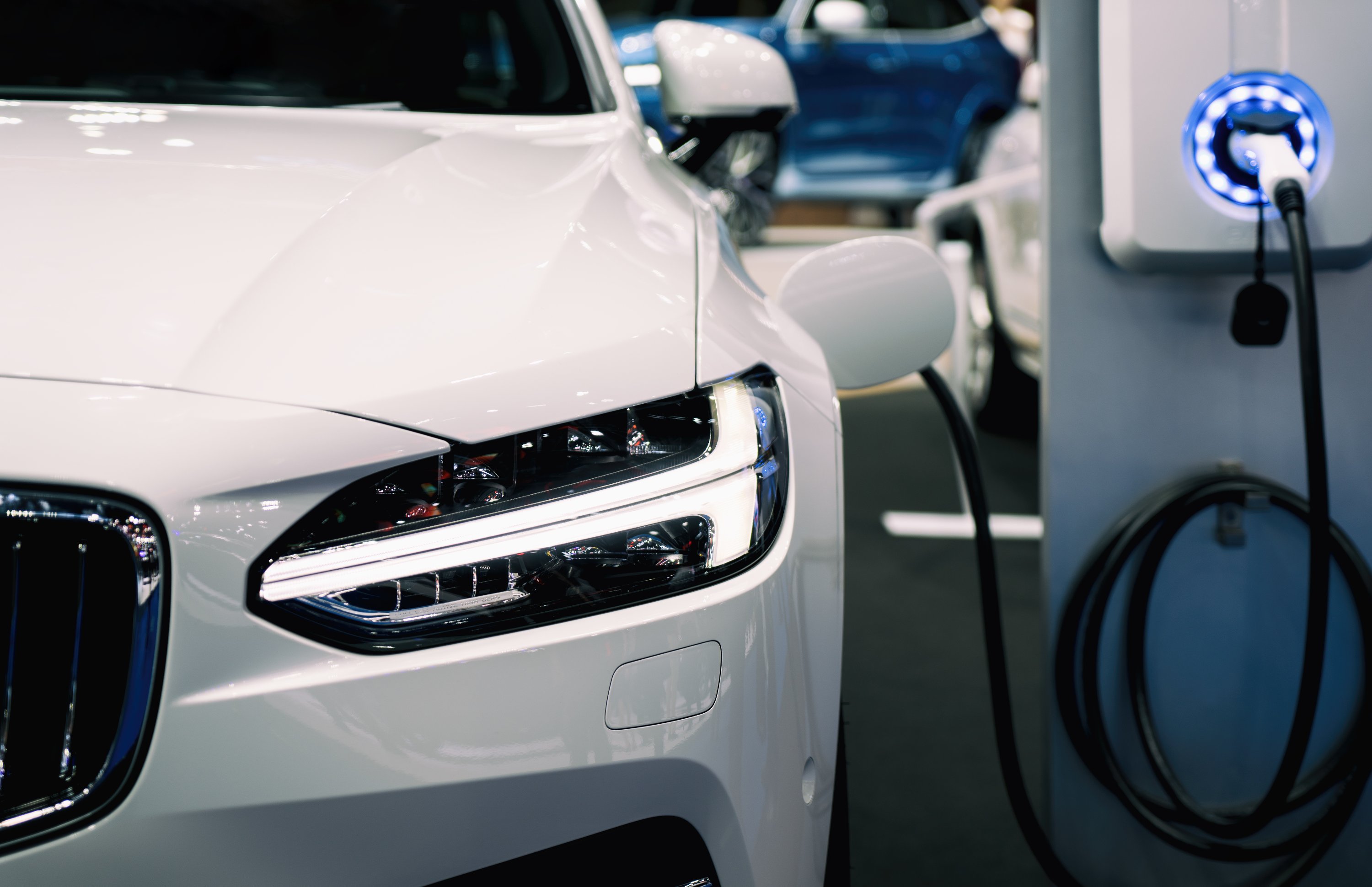Stellantis plans production cuts for combustion engine vehicle to comply with EU regulations
News Analysis

29
Oct
2024
Stellantis plans production cuts for combustion engine vehicle to comply with EU regulations
Stellantis aims to avoid costly fines by cutting back on internal combustion engine (ICE) vehicle production to meet EU emissions standards for 2025
European Union standards state an average carbon emission limit of 95 g/km, which can be achieved by adjusting the sales proportions of vehicles -.either through an increase in the proportion of electric vehicle (EV) sales, or by decreasing the proportion of ICE vehicle sales. Global automotive company, Stellantis has revealed that it is planning to do the latter to avoid costly fines moving forward.
In a bid to improve EV sales in Europe, Stellantis has also mentioned it will aim to offer increased incentives to attract buyers for EVs and may increase ICE vehicle prices to further comply with regulation. Without a strategy to alter this ratio, Stellantis would fall foul of regulations and receive fines which would ultimately act as a major hurdle on the path to electrification.
Costs are tight for all Western legacy OEMs as they switch to BEV and PHEV models, largely due to expensive battery cells within the pack which contribute most to the additional vehicle cost. In addition, competition from China remains fierce, where Chinese OEMs have benefitted from many years of both private and government investment in the supply chain. Reducing vehicle production costs in Western markets therefore remains a key pillar of the strategy moving forward.
From the EU’s perspective, the regulation is working as intended by forcing the hand of OEMs to transition to EVs in a timely manner. Many OEMs have called for a relaxation of the targets to allow them to ‘catch up’ to the competition from China, however it remains to be seen whether the EU will budge. Despite a forced hand, Stellantis’ approach may prove to be successful with this early move to cut ICE production and focus on EV rollout.